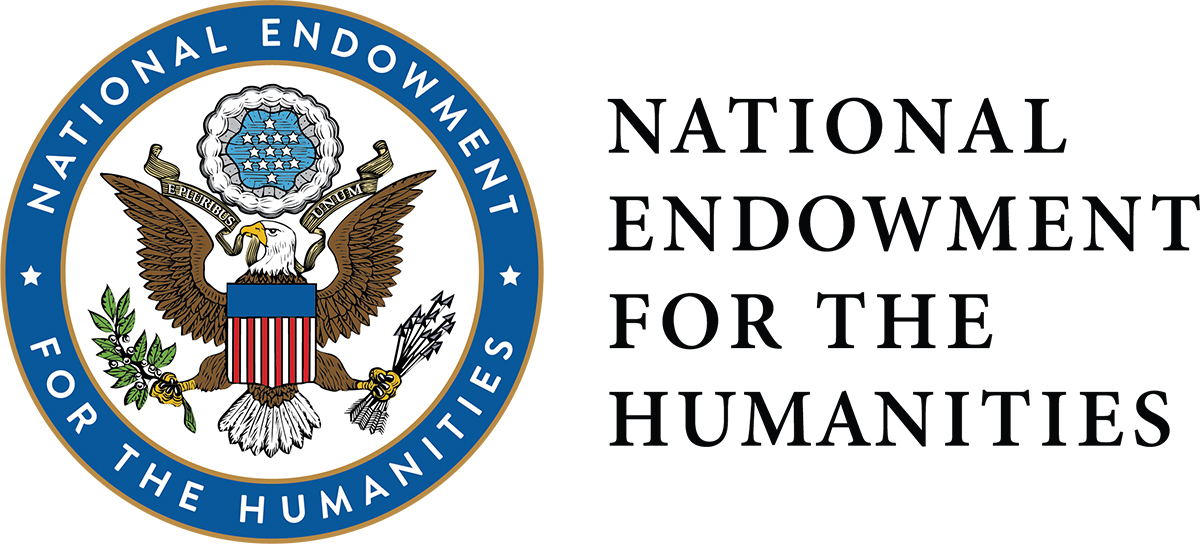FUNDING CUTS IMPACT CT HUMANITIES: Help CT Humanities navigate recent funding cuts and continue our vital work across Connecticut. All donations made to CTH will be matched dollar-for-dollar up to $50,000. Donate today!
Now Viewing:
Ridgefield
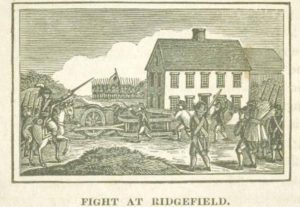
The Battle of Ridgefield, 1777
Taking place in April 1777, the Battle of Ridgefield was part of a larger British expedition to destroy Continental supplies in Danbury.
Read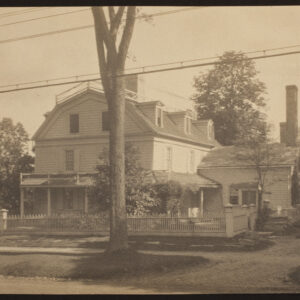
Ridgefield’s Keeler Tavern
Keeler’s tavern had only served travelers and locals before Ridgefield played host to the only inland battle fought in Connecticut during the Revolutionary War.
Read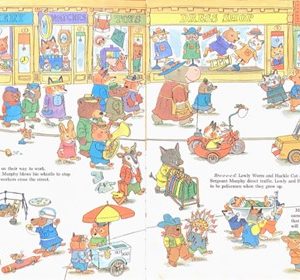
The Road to Busytown: Richard Scarry’s Life in Fairfield County
Inspired by Connecticut communities, Richard Scarry invented and illustrated some of the most beloved characters and communities in children’s literature.
Read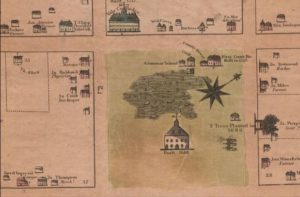
Putting History on the Map
While maps serve a utilitarian function at the time of their production, they become snapshots in time of the memories of those who designed them.
Read
Where the Wild Things Are: Maurice Sendak
Authoring and illustrating dozens of books, such as ‘Where the Wild Things Are’ and ‘In the Night Kitchen,’ Maurice Sendak redefined children’s literature throughout the 20th century.
Read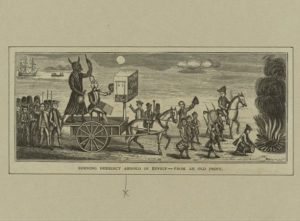
Benedict Arnold: America’s Most Famous Traitor
Benedict Arnold of Norwich was one of the great Continental army heroes of the American Revolution before committing treason and joining the British army.
Read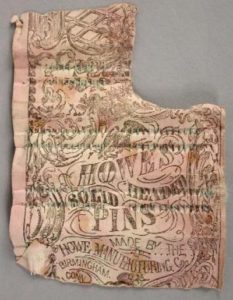
John Howe Makes a Better Pin – Today in History: June 22
On June 22, 1832, John Ireland Howe (from Ridgefield, Connecticut) invented the first practical machine for manufacturing pins.
Read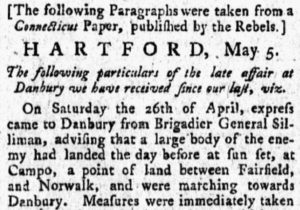
The Burning of Danbury
In April of 1777, British forces under Major General William Tryon led a raid on patriot supplies stored in Danbury, Connecticut.
Read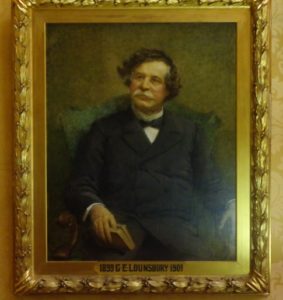
Lounsbury Elected Governor – Today in History: January 4
On January 4th 1899, George Edward Lounsbury was elected the 58th Governor of Connecticut, for which he served roughly three years.
Read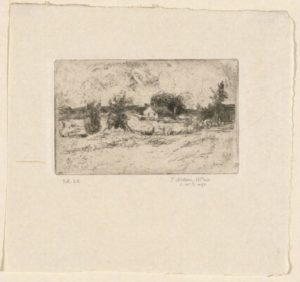
Weir Farm the Result of a Trade – Who Knew?
Weir Farm, located in Ridgefield and Wilton, Connecticut, resulted from the trade of a painting and ten dollars.
ReadMore Articles


